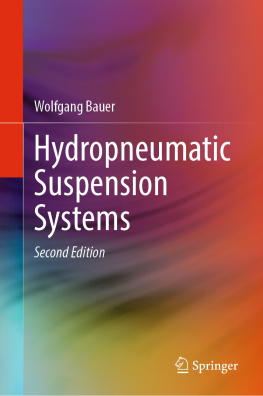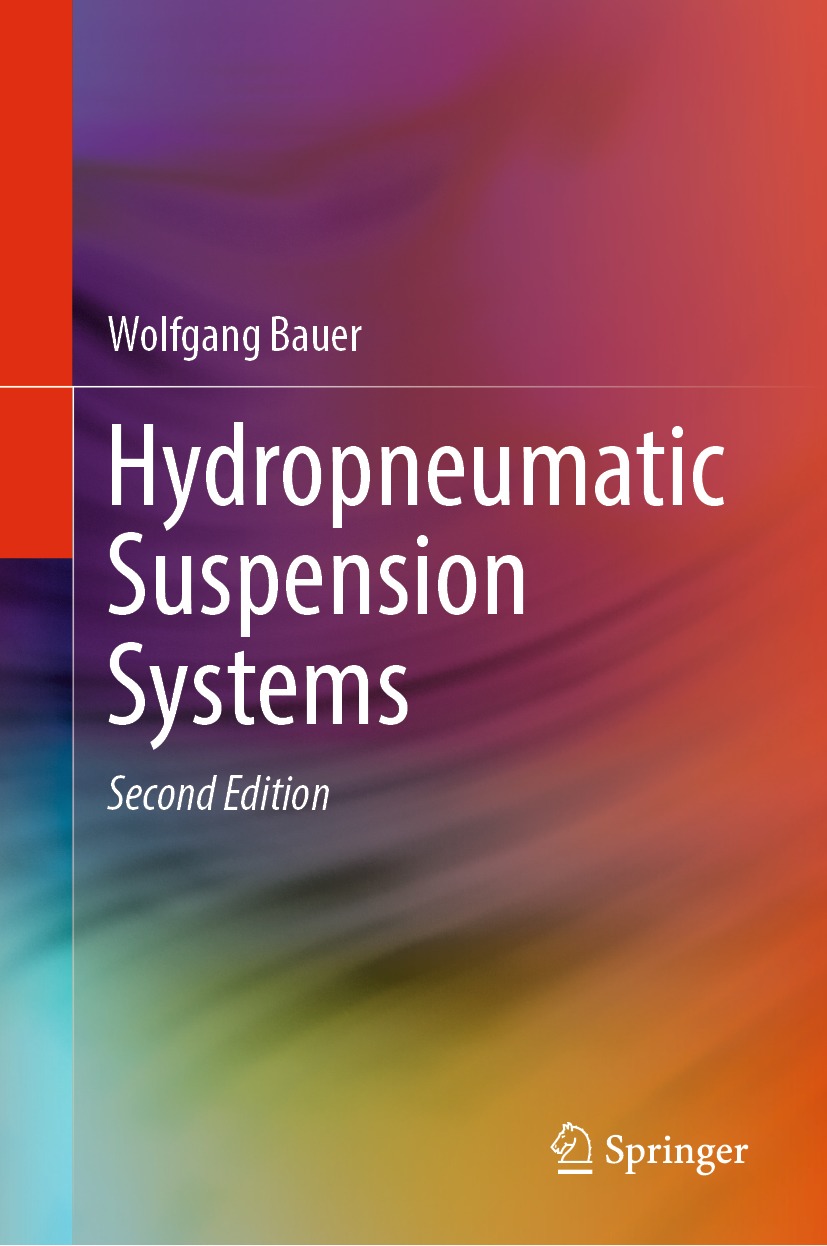Wolfgang Bauer
Weinheim, Baden-Wrttemberg, Germany
ISBN 978-3-662-63771-5 e-ISBN 978-3-662-63772-2
https://doi.org/10.1007/978-3-662-63772-2
Springer-Verlag GmbH Germany, part of Springer Nature 2022
This work is subject to copyright. All rights are reserved by the Publisher, whether the whole or part of the material is concerned, specifically the rights of translation, reprinting, reuse of illustrations, recitation, broadcasting, reproduction on microfilms or in any other physical way, and transmission or information storage and retrieval, electronic adaptation, computer software, or by similar or dissimilar methodology now known or hereafter developed.
The use of general descriptive names, registered names, trademarks, service marks, etc. in this publication does not imply, even in the absence of a specific statement, that such names are exempt from the relevant protective laws and regulations and therefore free for general use.
The publisher, the authors and the editors are safe to assume that the advice and information in this book are believed to be true and accurate at the date of publication. Neither the publisher nor the authors or the editors give a warranty, expressed or implied, with respect to the material contained herein or for any errors or omissions that may have been made. The publisher remains neutral with regard to jurisdictional claims in published maps and institutional affiliations.
This Springer imprint is published by the registered company Springer-Verlag GmbH, DE part of Springer Nature.
The registered company address is: Heidelberger Platz 3, 14197 Berlin, Germany
Preface
Many people probably use daily-life commodities with gas springs without even knowing or thinking about it. Like many other things in our life, they are simply there. Moreover, there are quite a lot of things that are intrinsically tied to gas as an elastic medium. Maybe just in this moment you are actually sitting on a gas spring: Your office chair, especially if it is a swivel chair, is most likely equipped with such a system. In contrast to simple gas springs, like for example those used for the trunk lid of your car, the gas spring in your swivel chair is a rather sophisticated suspension system. Via a button or a lever, you have the possibility to allow the transfer of gas between separate internal chambers. This feature provides the adjustment function for the seat level, and you can easily adapt it to your body heightmuch easier than with older mechanical spindle systems like those from, for example piano stools.
If you use gas as an elastic, suspending medium, basically you always take advantage of the equation of state for the ideal gas. However, since usually the suspension motions are quick and allow little heat exchange, it is not possible to calculate with an isothermal change of state but rather with the polytropic approach. It is among others this special behavior of the gas which makes the respective spring characteristic disproportionately higher. Another advantage of gas springs is the just described possibility of easy adjustment of the suspension level. This is especially favorable in applications with different spring loads.
Due to their undoubted positive characteristics, gas springs are used in many applications. However, when looking at the small hysteresis of the gas forces while cycling the spring between compression and rebound, it becomes directly obvious that a simple gas spring always needs the assistance of an additional damping elementusually a hydraulic damper. Like their mechanical counterparts (e.g., helical springs or torsion bars), the gas spring can dissipate only a little amount of energy during the suspension motion (except for the special so-called air damping systems). The gas spring of the above-mentioned swivel chair is rather special since it is only dampened by an (intentionally) high solid body friction of the setup. This is fully sufficient since this arrangement is mostly used as a shock absorber (when sitting down) and is not exposed to frequent excitationwell, except for the rather unpleasant case of an earthquake.
Now is the time to take the step toward hydropneumatic suspension systems. Here too, a gas volume acts as the elastic medium, so basically the same laws apply as for the pure gas spring. The only difference here is that the gas pressure is not directly in contact with the active surface of the spring element itself but is transferred by an additional componentthe hydraulic fluid. It can be called a coupling medium since it acts just like a mechanical coupling rod.
The fluid connection offers numerous advantages: On the one hand, fluids can be sealed better than gas which basically increases the possible working pressures and therefore reduces the space requirements for the suspension element. On the other hand, the fluid offers the possibility to dissipate some of the motion energy into heat, just like in a regular hydraulic damper. This viscous friction inside the hydraulic fluid is more favorable for the damping of oscillations than, for example, the above-mentioned solid body friction, and it can quite easily be adapted to certain applications or even be made adjustable. So, the bottom line is: A hydropneumatic suspension provides spring and damping function always in direct concurrence.
Speaking for myself, I came in contact with hydropneumatic suspension systems rather late, after graduation, through my employment at the John Deere Mannheim tractor facilities. While the first edition of this book dates back to my days at John Deere, I created the second edition ten years later, after having gained further, extensive experience during my work with ARGO-HYTOS. It was particularly the variety of different machines and applications as well as the flexibility in customizing hydropneumatic suspension systems (and the related electronics) that made me even more aware of the possibilities and advantages of this technology. Back in the old days, their first high-volume application for mobile machines was agricultural tractors. Today, this technology has not only spread into other agricultural machines, but also found its way into construction machines, material handling, municipal vehicles and many other areas. The reasons for this (and much more) are explained in the following chapters. This second edition is still based on my initial German edition [BAU08], now with many updates and additions. The intention of this book is to comprehend the state of the art of hydropneumatic suspension systems and to create a basic understanding of what is possible with these systems and which particular advantages and peculiarities this includes. In doing so, it is hoped that this technology will benefit even more applications in the future.
I would like to express my gratitude to my family and to all friends who encouraged me to write this book. Furthermore, I am indebted to my professional colleagues, who supported me on my way from the raw version to the printable version and who created a fertile ground for new ideas in many inspiring discussions. Last but not least, I thank my dear friend, Dr. Alastair McDonald, who polished the linguistic roughness out of my English translation.











